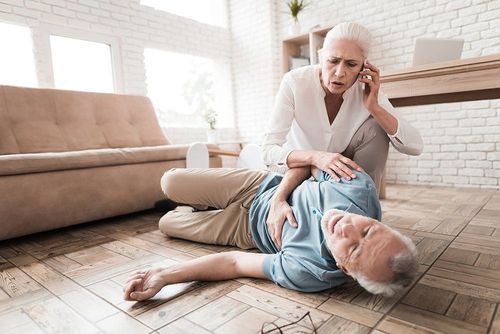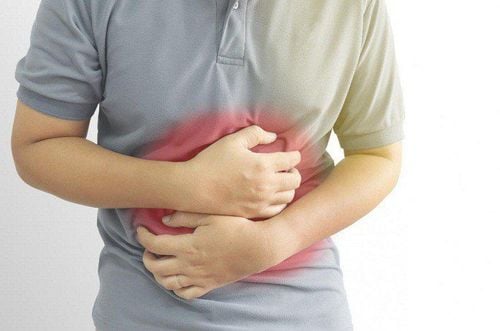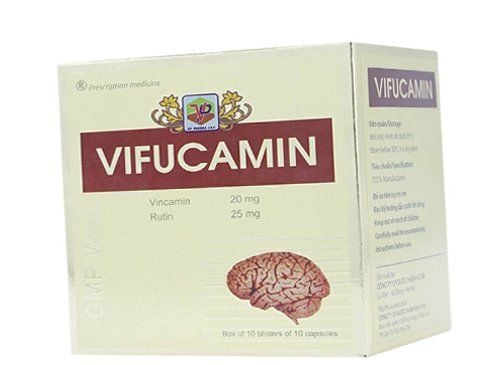This is an automatically translated article.
This article is professionally consulted by Master, Doctor Bui Ngoc Phuong Hoa - General Internal Medicine - Department of Medical Examination & Internal Medicine - Vinmec Danang International Hospital.A stroke occurs when the blood supply to the brain is suddenly cut off or when a blood vessel bursts, allowing blood to spill into the spaces around brain cells. Stroke is a very dangerous disease and leaves very heavy sequelae for the patient, his family and society.
1. Is a stroke fatal?
A stroke occurs every 40 seconds and every 4 minutes someone dies from a stroke. Stroke usually occurs in people over 45 years old, of which 2⁄3 cases of stroke occur in over 65 years old, men tend to have more strokes than women.Stroke is a disease that can cause rapid death, has a high mortality rate, ranks first in diseases of the nervous system, is the third leading cause of death after cancer and cardiovascular diseases.
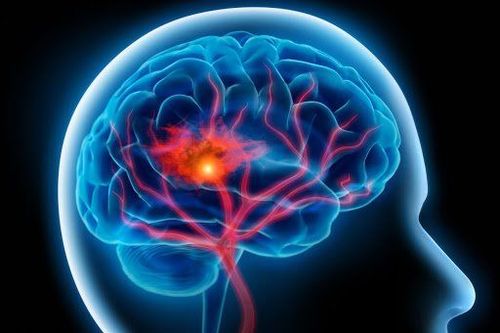
2. Causes of hemiplegic stroke
Hemorrhagic stroke: This type of stroke usually occurs in the elderly (related to high blood pressure) or can occur in young people (related to vascular malformations). blood in the brain).Stroke, cerebrovascular accident due to cerebral ischemia:
Cerebrovascular embolism due to thrombosis, thereby forming atherosclerotic plaques in large arteries in the brain, gradually causing blockage of the lumen and embolism brain blood; Cerebrovascular embolism is caused by a thrombus that has migrated from another site to a cerebral blood vessel, most commonly from the atria in patients with atrial fibrillation, from atherosclerotic plaques in the aortic arch, or from clots. warts due to infective endocarditis; Cerebral ischemia can also occur when a blood vessel has a narrowing but not completely occluded atherosclerotic plaque.
3. Possible complications after a stroke
Stroke patients often experience many complications because stroke patients often have underlying diseases such as hypertension, diabetes, cardiovascular disease, etc., thereby increasing the risk of complications during the process. recovery after stroke.Complications of stroke occur often due to brain damage, leading to loss of mobility or because stroke recovery methods are not effective.
Both types of stroke due to cerebral bleeding or stroke due to cerebral ischemia have severe consequences that damage an area of brain parenchyma, the extent of damage depends on cerebral blood flow and how long the brain is damaged. love.
If the lesion in the brain is large, when the patient overcomes the danger, it often leaves a cell with necrosis and permanent loss of function. However, the area around the necrosis is a semi-affected area, if treated promptly and properly, this semi-injury area will shrink the parenchyma, thereby reducing the sequelae of stroke. .

Complications at any location depend on the affected brain location and the amount of time the brain is not supplied with oxygen, including:
Brain edema after stroke; Pneumonia: stroke patients often have difficulty swallowing, which leads to food and drink easily entering the lungs, causing pneumonia; Heart attack: 1/2 stroke cases are related to atherosclerosis, increasing the risk of heart attack after stroke due to the existence of plaque; Depression: The illness may be worse in patients who were depressed before the stroke; Pressure ulcers (long time in bed): People who have a stroke often lose mobility, have to lie down or sit still for a long time, causing ulcers; Seizures: After a stroke, the brain may have abnormal activities, causing seizures; Visual disturbances: People who have had a stroke may experience reduced or lost vision in one or both eyes; Spasticity: Loss of mobility, weakness or paralysis of one arm; Blood vessel blockage: Loss of mobility or limitation of movement causes blood clots to form in the leg veins; Urinary tract infections: Occurs in stroke patients with foley catheters; Cognitive decline (amnesia); Loss of speech function, difficulty speaking, incomplete speech, saying meaningless words, not understanding what others say... Stroke has a slow and long recovery process, it is necessary to be patient, not hasty, listen to the instructions. unscientific treatment. Stroke usually recovers well in the first 3 months, slower than the next 3 months, after 6 months of stroke, the ability to recover is very slow.
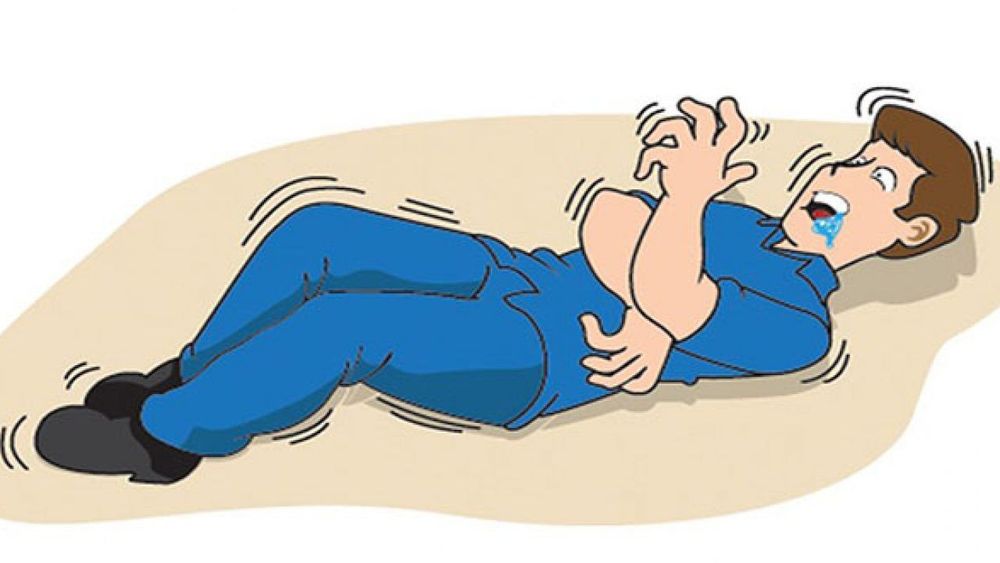
4. Stroke prevention
Prevention of stroke according to the cause of the disease and limiting the risk factors:Do not smoke, do not drink alcohol; Diet; Increase physical activity and sports; Avoid stress; Early detection, timely treatment and stable control of underlying diseases such as: Diabetes, cardiovascular disease, blood pressure,... The goal of stroke treatment is to revascularize as soon as possible: By: thrombolytic therapy (rTPA) for patients presenting to the hospital early in the golden hour (less than 4.5 hours after stroke) and mechanical thrombectomy (less than 6 hours after stroke). In 2018, the American Stroke Association (ASA) recommended that mechanical thrombectomy could be performed in some patients with large vessel occlusion in the brain who came to the hospital with a later time, specifically: is from 6 to 16 hours or from 16 to 24 hours with a number of specific criteria, including the mandatory criterion of infarct core less than 50-70ml, assessed by CT SCAN cerebral perfusion (CTP) which can only be performed available in generations of multi-sequence computed tomography scanners such as CT 640 and specialized software available at Vinmec International General Hospital. Not only the physical system, modern equipment: 6 ultrasound rooms, 4 DR X-ray rooms (1 full-axis machine, 1 light machine, 1 general machine and 1 mammography machine) , 2 mobile DR X-ray machines, 2 multi-row computer tomography rooms with receivers (1 128 rows and 1 16 rows), 2 Magnetic resonance imaging rooms (1 3 Tesla machine and 1 1.5 Tesla machine) ), 1 room for 2 level interventional angiography and 1 room for measuring bone mineral density,....
In addition, Vinmec is also a place to gather a team of experienced doctors and nurses who will provide much support. in the diagnosis and early detection of abnormal signs of the patient's body. In particular, with a space designed according to 5-star hotel standards, Vinmec ensures to bring the patient the most comfort, friendliness and peace of mind.
Please dial HOTLINE for more information or register for an appointment HERE. Download MyVinmec app to make appointments faster and to manage your bookings easily.







